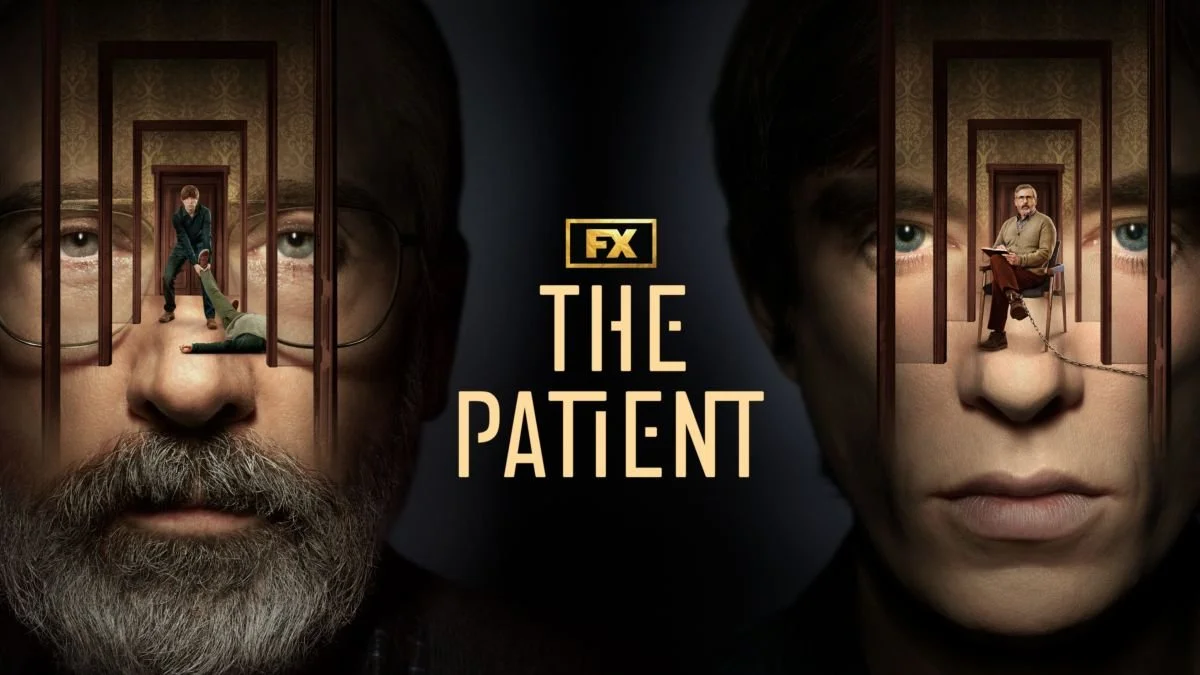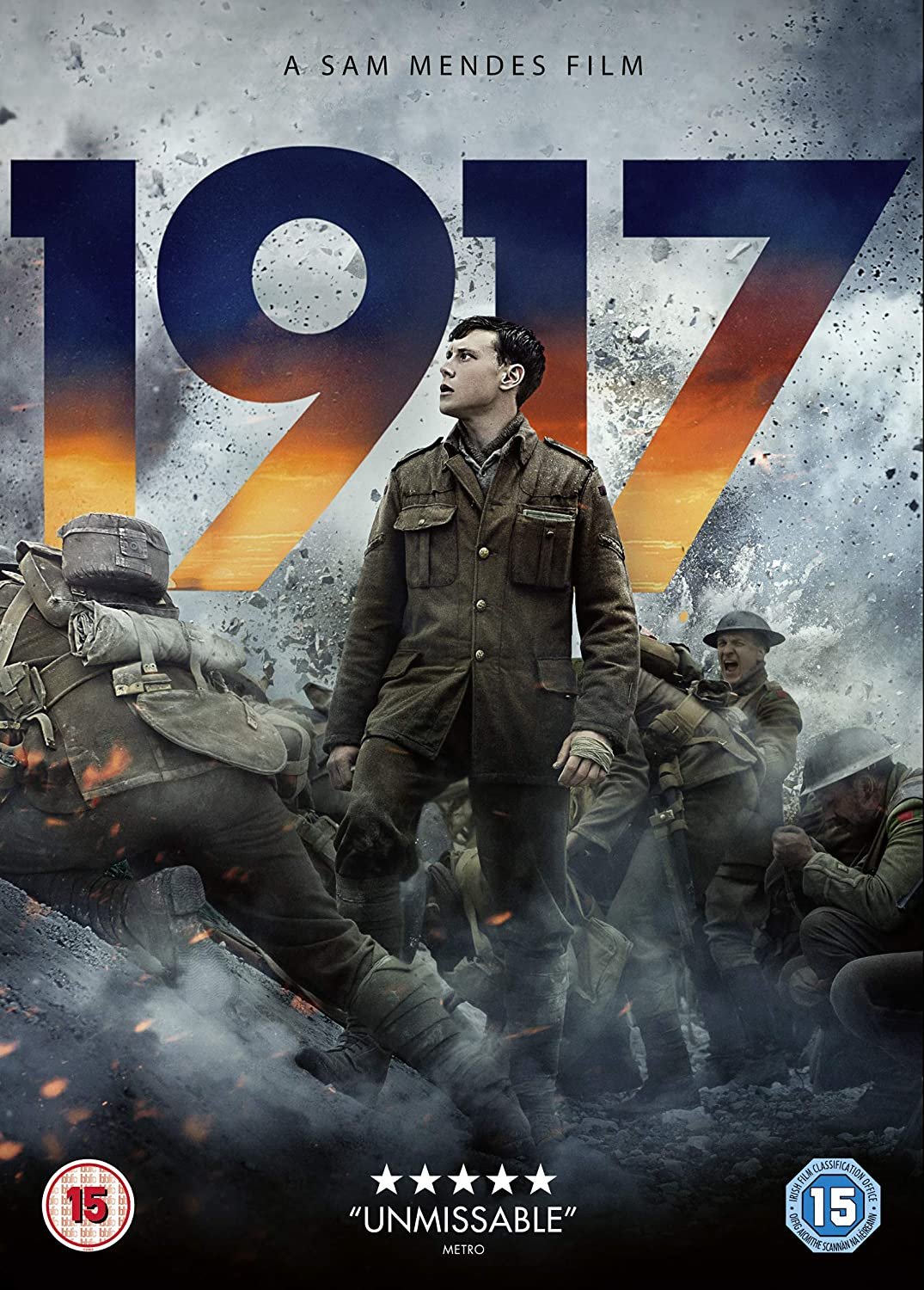How to raise the stakes in your writing
Reading time: 4 min
Any fan of Dragon Ball here?
I used to love it when I was a kid. The fights, the explosions, the transformations, and the character’s power levels uniquely identifiable by a single number. Each new enemy stronger and more evil, each new threat bigger than the previous one. Our heroes went from having to save a village to saving the planet, the galaxy and, finally, every possible universe. The stakes grew higher and higher with each new saga; or did they?
From Giphy
As viewers, or readers, do we perceive any difference between risking the lives of ten, a thousand, or a billion people?
No, not really.
How can we raise the stakes of our stories when the threat of total destruction has already been unfolded?
Make it personal
As humans, our brain is still embedded in our primordial instincts. That’s why we can barely refuse a slice of cheesecake even if we are full, or even if it makes us gassy. Our brain remembers when finding rich, fatty food in the wild was hard, and wants us to make the most of it while we can. It doesn’t understand what Deliveroo did for our species.
In the same way, we can feel sad, enraged, even horrified by a natural disaster happening on a remote island in the Pacific Ocean, but it can’t even compare with the urgency of a call from the hospital regarding a loved one.
We are tribal creatures. We care the most about our own tribe.
That’s why it’s important to make it personal for your characters. It’s the only way to bring the reader on a journey.
Two Examples
Let me show you how 2 successful production did this by simply using family.
1917
Let’s ignore for once the technical marvels of how this movie was shot; instead, I’d like to focus on the synopsis of the film below.
At the height of the First World War, two young British soldiers, Schofield and Blake are given a seemingly impossible mission. In a race against time, they must cross enemy territory and deliver a message that will stop a deadly attack on hundreds of soldiers—Blake's own brother among them.
The stakes are incredibly high from the beginning. The life of hundreds of soldiers depends on this single mission, and the trenches of WWI are not exactly a piece of cake, so, how do we make the viewer care more? Among the soldiers, there’s Blake’s brother.
Now it’s personal.
I don’t know if this is true, but the legend says that in Krysty Wilson-Cairns’ first draft, Blake didn’t have a brother. Her mom, after reading it, apparently suggested to add a family member because she didn’t really care about the result of the mission.
If this is factual, I’d love to have that woman edit my work.
The Patient
The Patient is a great drama in 10 episodes starring Steve Carell and Domhnall Gleeson, telling the story of a therapist who is kidnapped and held captive by the most dangerous of his patients; a serial killer trying to contain his murderous instincts.
That’s a good premise if there is one, right? The narrative is fast paced, there’s a cliffhanger at the end of each episode, and when I first started watching it I was really curious about how it was going to end. It didn’t make a difference to me whether or not the therapist would escape, I just wanted to see how this intricate situation would unravel.
It was only after the midpoint, when the backstories of all the characters come into place, that the stakes raised for me. After we know of the therapist’s son, who hasn’t spoken to his father for a long time, we now want him to survive his captor to solve the situation, and this additional detail makes the tension unbearable.
I hope these two quick examples will help you raise the stakes of your stories integrally to your narrative.
Let me know if you have any more great examples I need to look out for.
Alla prossima




